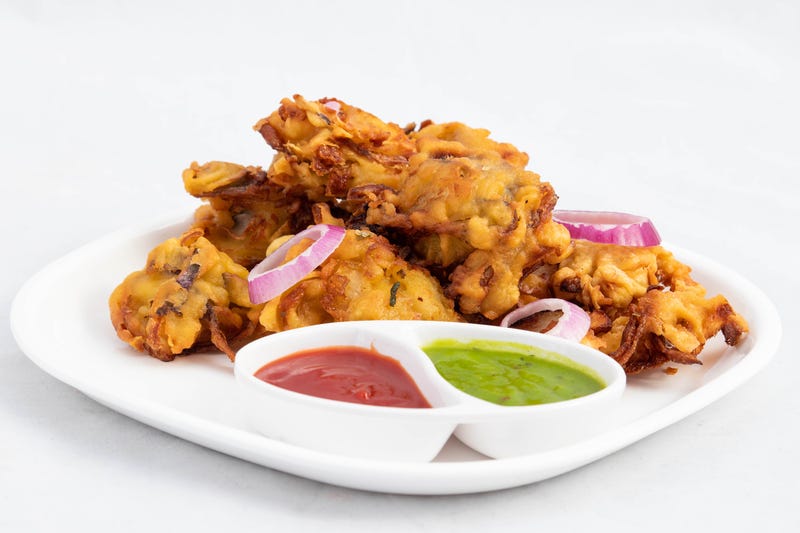What we eat and how our food is prepared has traditionally been heavily influenced by culture and family habits. Many recipes were considered as heirlooms, and the feasts prepared for special occasions often involved the efforts of many people. This began to change with the commercialization of food production and the advent of gigantic supermarkets, reliance on importation and transportation, refrigeration . . . while the support of local agriculture yielded to huge corporate interests. There are many dark secrets that warrant our attention. I am basically a supporter of locavorism: reliance on what can be found within a short distance of where we live. This does not preclude some imports like chocolate, tea, coffee, and spices, but it promotes food sovereignty as well as vitality.
As mentioned in previous posts, food requirements go well beyond caloric intake. They involve balance, freshness, taste, and nutritional benefits, much of which depend upon the method of growth and time lapse between harvest and consumption. The challenge I would pose is to explain how some people can survive as breatharians if the main benefit of food is in the calories or proteins or taste preferences.
In college, I took a course with the completely misleading title that referred to the influence of Western civilization on other cultures. In reality, in the West, there was no spaghetti before Marco Polo; no marinara sauce, corn, or potatoes before the Conquistadors; and certainly no tea or coffee until trade with Asia began to flourish.
I confess I am not a locavore. I support farmer’s markets and local producers but am addicted to spices and the cuisines of many cultures. With a Sagittarius Moon in the ninth house, I have traveled a lot, maybe to 90 or more countries, and there have been totally memorable meals in many of them, everything from Zen restaurants in Japan to feasts in Kashmir and delicious food along my 100-day drive by Land Rover from England to India. Whether we are talking about Italy, Greece, Iran, Afghanistan, or India itself, there were meals to remember. I love Thai cuisine . . . and the only bad meals I had in Ecuador were in restaurants run by Europeans rather than locals.
As I write now, I am salivating because a kind lady ordered delivery of some Indian appetizers while I am recovering from a back injury from lifting something too heavy.
As matters stand in the developed world today, there are hundreds, maybe thousands, of contaminants in industrialized food and even in organic food — due to chemtrails and toxins in our water — and the situation is worse in the U.S. than in Europe and even much of world where population density is heaviest.
Green Med Info is launching a series that promises to be important: https://healingkitchen.thesacredscience.com/register/
Copyright by Dr. Ingrid Naiman 2024 || All Rights Reserved
For permission to quote, please contact the author. Sharing via e-mail and posting links are welcome so long as the author and source are properly cited. Reprinting is strictly prohibited.
Note: Bioethika International is the main site with a complete list of available herbs. The other active e-commerce enabled sites are Ayurvedic Bazaar, AdrenalHerbs.com, ImmuneFormulas.com. MoldHerbs.com has the herbs I used to recover from very serious mold exposure. ToxicTeeth.com has herbs for chelation. Referrals of new subscribers are always welcome. Just be sure you have permission from your friends before subscribing them.
Thank you so much!
Image Credits:
Spaghetti Marinara | LOFT39Studio | Dreamstime.com
Onion Bhaji | Rangeecha | Dreamstime.com
This Substack column was launched in mid-January 2023. Paid subscribers are greatly appreciated, but only 10% of readers are paid subscribers. Maybe monthly or annual commitments are too much for some people so if you would like to make a one-time donation, you can use this link. Please note, all subscriptions and donations are going through the Institute for Invisible Epidemics, and will appear on your credit card as iie-academy.






ANNOUNCEMENT: Ingrid passed away peacefully in her house on Jan 23, 2025. She will be remembered by her beloved friends.